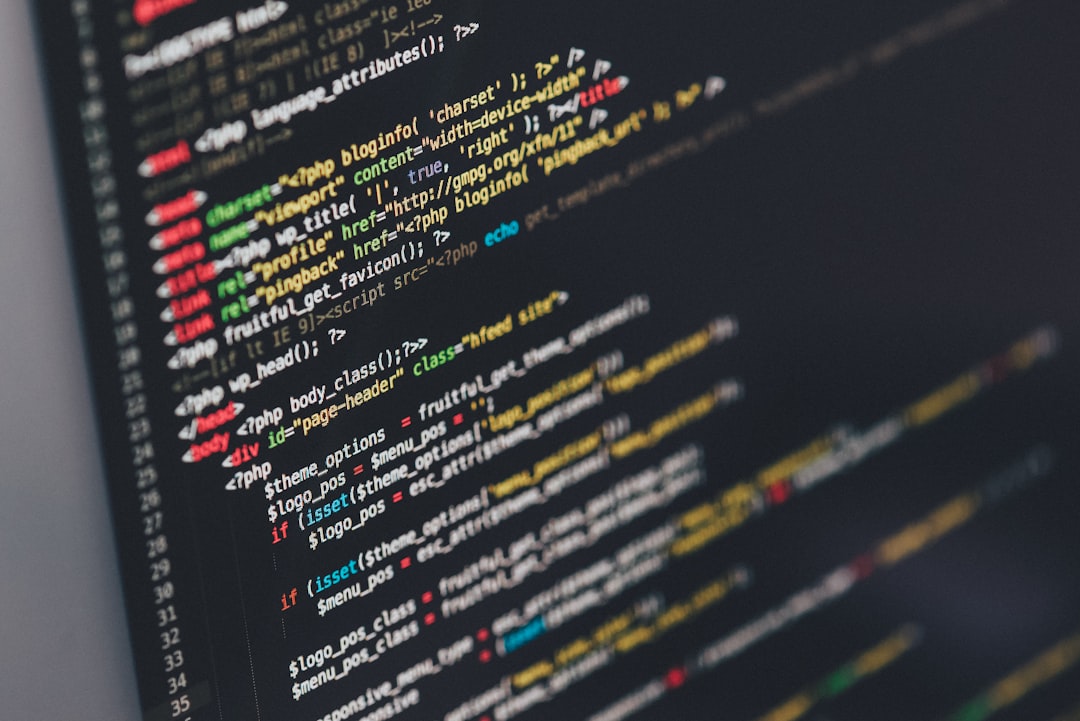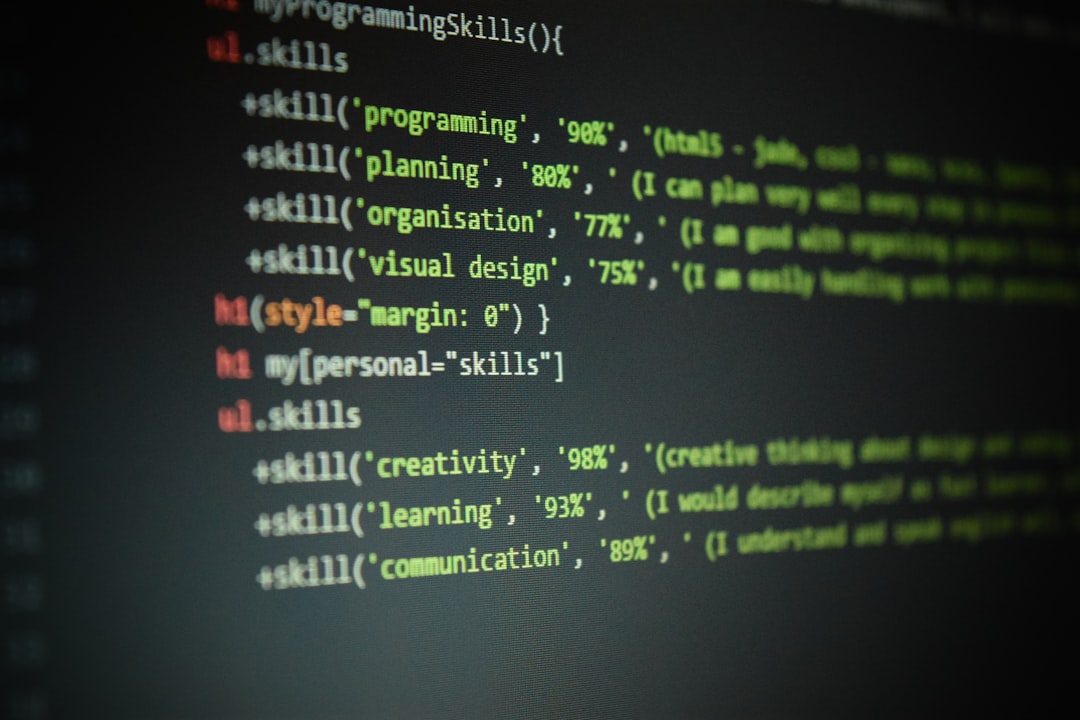When it comes to programming, errors are inevitable. Even the most experienced programmers make mistakes. However, not all errors are created equal. Some are easier to spot and fix, while others can be more challenging to identify and resolve.
One type of error that can be particularly tricky to deal with is a semantic error chapter 80. In this article, we’ll explore what semantic errors are, why they occur, and how to avoid them in your code.
What Are Semantic Error Chapter 80?
Before we dive into the specifics of semantic error chapter 80, let’s first define what we mean by “semantic”. In programming, the term “semantic” refers to the meaning or interpretation of a piece of code.
A semantic error, then, is an error that occurs when the code is syntactically correct, but the meaning or logic behind it is incorrect. In other words, the code will run without any errors, but it will not produce the desired result.
Example of a Semantic Error

To better understand semantic errors, let’s look at an example. In the code above, we have a simple function that calculates the area of a rectangle. However, there is a semantic error in the code.
Can you spot it?
If you guessed that the error is in the calculation of the area, you’re correct. The code is using the wrong formula to calculate the area of a rectangle. Instead of multiplying the length and width, it is adding them together.
This is a classic example of a semantic error. The code is syntactically correct, but the logic behind it is incorrect, resulting in an incorrect output.
Why Do Semantic Errors Occur?
Semantic errors can occur for a variety of reasons. Some common causes include:
- Misunderstanding the problem: Sometimes, semantic errors occur because the programmer has misunderstood the problem they are trying to solve. This can lead to incorrect logic being used in the code.
- Lack of testing: When code is not thoroughly tested, semantic errors can slip through the cracks. This is because the code may run without any errors, but the output may not be what was intended.
- Human error: As mentioned earlier, even the most experienced programmers make mistakes. A simple typo or miscalculation can result in a semantic error chapter 80.
How to Avoid Semantic Errors
While it’s impossible to completely eliminate semantic errors, there are steps you can take to reduce their occurrence in your code. Here are a few tips to help you avoid semantic error chapter 80:
Understand the Problem
Before you start writing any code, make sure you fully understand the problem you are trying to solve. This will help you avoid using incorrect logic in your code.
Take the time to break down the problem into smaller, more manageable parts. This will help you identify any potential issues or misunderstandings before you start writing code.
Test Your Code Thoroughly
Testing is an essential part of the programming process. It not only helps you identify and fix errors, but it can also help you catch semantic errors.
When testing your code, make sure to test it with a variety of inputs. This will help you identify any potential issues with your logic.
Use Comments
Comments are lines of code that are not executed by the computer but are used to explain the code to the programmer. They can be incredibly helpful in preventing semantic error chapter 80.
By adding comments to your code, you can explain the logic behind your code and make it easier for others to understand. This can help you catch any potential errors before they become a problem.
Use a Linter
A linter is a tool that analyzes your code for potential semantic error chapter 80 and style issues. It can help you identify and fix semantic errors before you even run your code.
There are many linters available for different programming languages, so make sure to do your research and find one that works for you.
Common Semantic Errors
Now that we’ve covered what semantic error chapter 80 are and how to avoid them, let’s take a look at some of the most common semantic errors that programmers encounter.
Incorrect Variable Types

One common semantic error is using the wrong variable type in your code. For example, in the code above, the variable “num” is being used to store a string instead of an integer.
This can lead to unexpected results when the code is executed. To avoid this error, make sure to use the correct variable types in your code.
Incorrect Mathematical Operations
As we saw in the earlier example, using the wrong mathematical operation can result in a semantic error chapter 80. This can happen when the programmer misunderstands the problem or makes a simple mistake.
To avoid this error, make sure to double-check your calculations and use the correct mathematical operations in your code.
Incorrect Logic

Another common semantic error chapter 80 is using incorrect logic in your code. In the code above, the programmer has used the wrong comparison operator, resulting in an incorrect output.
To avoid this error, make sure to thoroughly test your code and double-check your logic.
Conclusion
semantic error chapter 80 can be frustrating to deal with, but they are a natural part of the programming process. By understanding what they are, why they occur, and how to avoid them, you can minimize their impact on your code.
Remember to always test your code thoroughly, use comments to explain your logic, and double-check your calculations and logic. By following these tips, you can write more reliable and error-free code.



